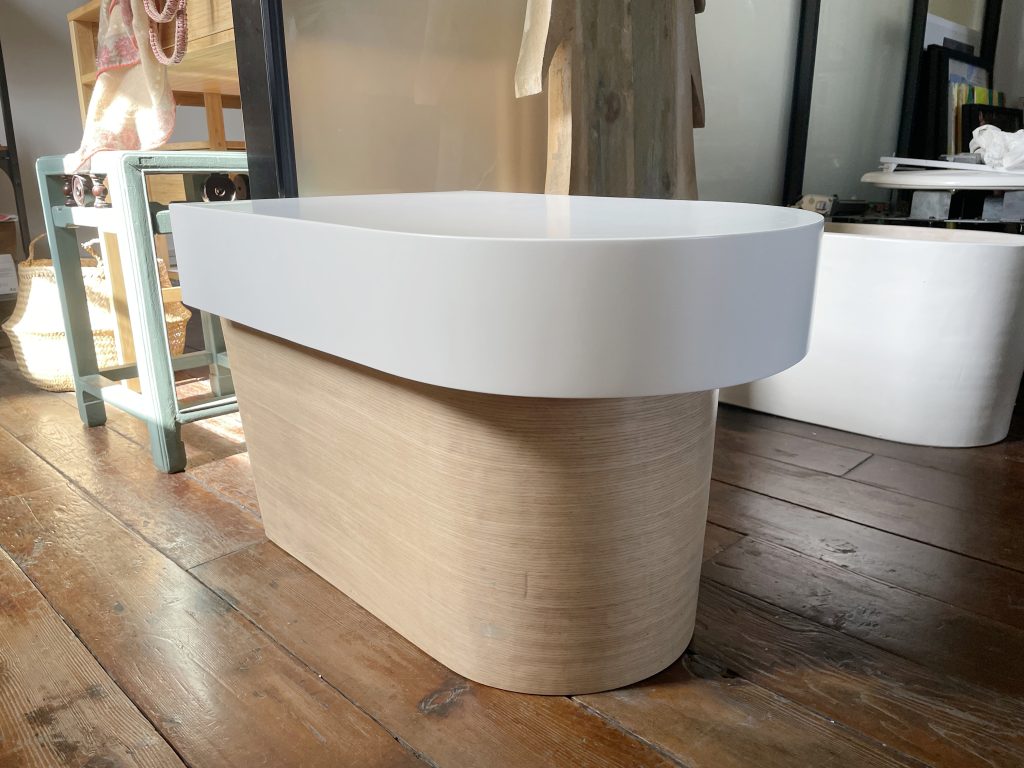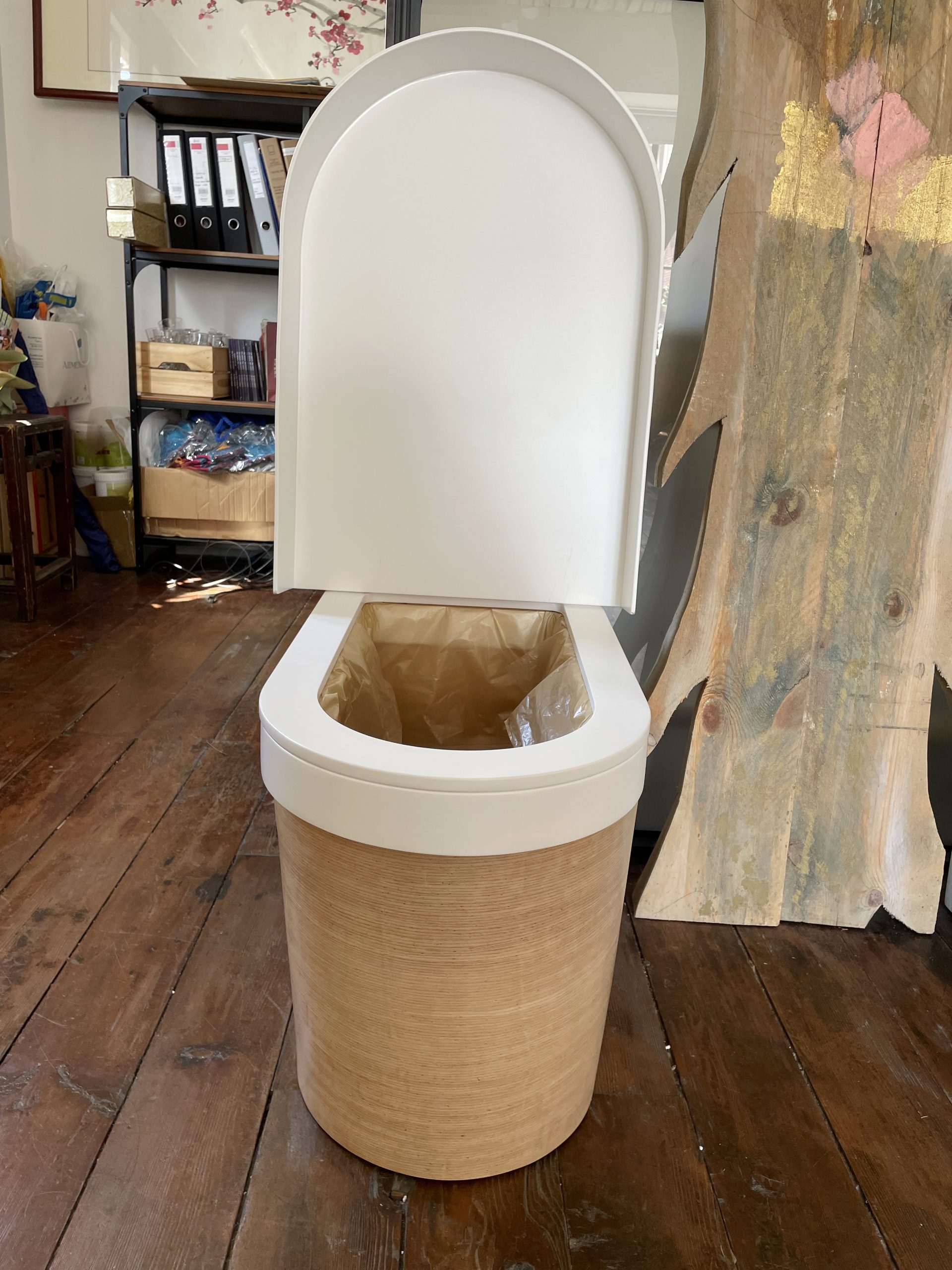WiS Conference Closed-Loop Solutions for a Sustainable Future
2022年9月29日DIY Battery with Phi
2022年12月21日Green Production starts with Green Products
Did you know?
Toilets are commonly made of ceramic … but IS ceramics GOOD for the environment?
Clay ceramics manufacturing, which are producing sanitary-ware(such as toilets, sinks, etc.), are greatly participating in polluting our environment. According to the EPA (United States Environmental Protection Agency), the “emissions regulated from these industries are acid gases, particulate matter, metals, and mercury.” And “the primary raw materials used for manufacturing sanitary-ware are ball clay, other clays, feldspar and silica”.
From preparation to packaging, the process of producing sanitary articles is consuming a lot of energy and create wastes. It includes the following 10 steps:
- Body Preparation.
- Glaze Preparation.
- Moulding/Mould Preparation.
- Casting.
- Drying.
- Control & Spraying.
- Firing.
- Sorting.
Environmental issues associated with the manufacture of sanitary ware include but are not limited to:
- Emissions to Air: generated from storage and handling ofraw materials and during baking or drying by spraying the ceramic.
- Wastewater: process wastewater comes primarily from cleaning water in the preparation and casting units and from a variety of process activities (e.g., glazing, decoration, polishing and wet grinding).
- Solid waste:process waste comes from the manufacture of ceramic products.It consists primarily of a variety of sludge types, including wastewater sludge and treatment sludge resulting from icing, plaster and crushing activities.
Are there other solutions?
The answer is YES. For example at SHINE we are producing green toilets using bending wood technique.
What is the bending wood technique?
As a matter of fact, you can steam the wood. Bending wood techniqueconsists of smoothing fibers to make them flexible and stretchy by dipping a piece of wood in hot water at a boiling point for a period of time in a steam box.
Once the wood cools and the fibers dry again, it will preserve its new form.
Bending wood has several benefits, for humain and for the planet. Here are some advantages of steam bending:
- The most efficient way to decrease your carbon footprint.
- Less material wastes.
- Low power consumption.(It does not involved high-pressure casting machines).
- Less or no jointing hardware required.
- Strong and flexible design.
 Pictures of SHINE toilet seat made with bended wood - for the bowl/base and cover
Pictures of SHINE toilet seat made with bended wood - for the bowl/base and cover
Are your production processes running as green and environmentally friendly as they could be?
We are glad to help you to design, develop, or just evaluate your ESG project. Click here to contact us.


Sources:
https://www.wlwest.co.uk/knowledge/how-to-bend-solid-wood-steam-bending/
https://www.noir.design/en-se/blogs/news/benefits-of-steam-bending
https://ceramicninja.com/sanitary-ware-manufacturing-production-process-sanitaryware/
